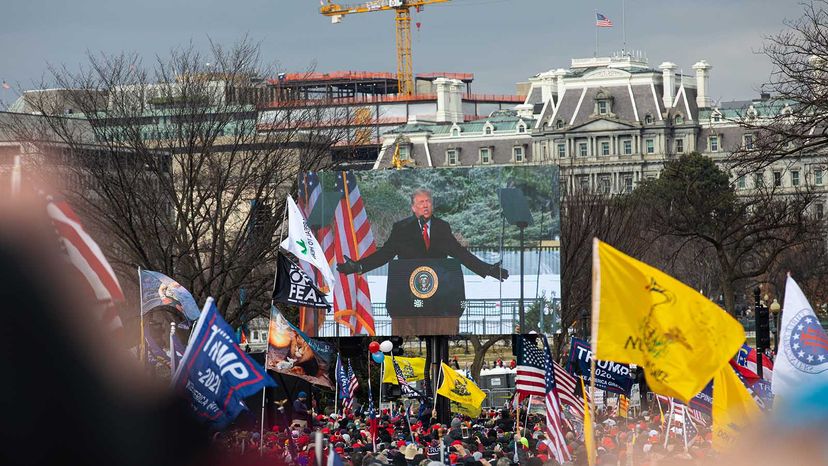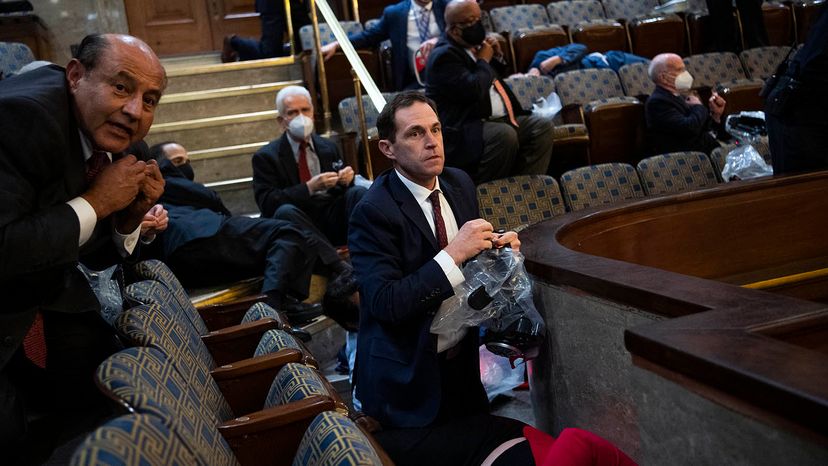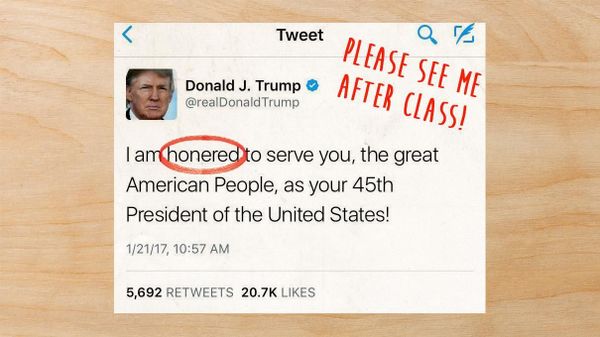The disability clause of the 25th Amendment has been invoked multiple times since ratification. Presidents Bill Clinton, George W. Bush and Ronald Reagan invoked it during medical procedures, though it was never used when Reagan was shot in 1981.
However, Section 4 has never been invoked to remove a president from office. John Hudak, deputy director for Center for Effective Public Management and senior fellow for governance studies at the Brookings Institute writes that the process "is more difficult than impeachment and is reserved only for truly unique and dire circumstances."
Concerns for implementing the 25th Amendment were raised again after a violent pro-Trump mob stormed the U.S. Capitol on Jan. 6, 2021 to protest a joint session of Congress to certify Joe Biden and Kamala Harris' electoral vote. The violence forced both chambers of Congress to go into recess. Four people died. This was the first time in American history that the U.S. Capitol was overrun by its own citizens. In 1814, the British attacked and burned the Capitol during the War of 1812.
More than 1,100 members of the D.C. National Guard had to be mobilized to support the local D.C. police. However, it was Vice President Pence, not Trump, who fully activated the D.C. National Guard, according to a press statement from acting Defense Secretary Christopher Miller.
Trump's lack of response to the violence, and the taunting nature of some of Trump's tweets on Jan. 6 — both before and after the rioters stormed the Capitol — set off alarm bells once again about his mental stability. Twitter locked down Trump's account for 12 hours, saying they violated its Civic Integrity or Violent Threats policies.
Several Democratic leaders, including presumptive Senate Majority Leader Chuck Schumer, have said publicly they think Trump should be removed before the Jan. 20, 2021 inauguration.
"The quickest and most effective way — it can be done today — to remove this president from office would be for the vice president to immediately invoke the 25th amendment," Schumer said. "If the vice president and the cabinet refuse to stand up, Congress should reconvene to impeach the president."
Republican leaders have called for it as well, including Republican Rep. Adam Kinzinger of Illinois who said "It's time to invoke the 25th Amendment and end this nightmare," in a video he published online. Kinzinger called on Vice President Pence and the Cabinet to invoke the 25th Amendment to ensure "we have a sane captain of the ship" because Trump has become "unmoored not just from his duty or even his oath, but from reality itself."
But because the majority of Trump's Cabinet would need to support the president's removal, many speculate the invocation of the amendment this late in the Trump presidency isn't realistic at all.





